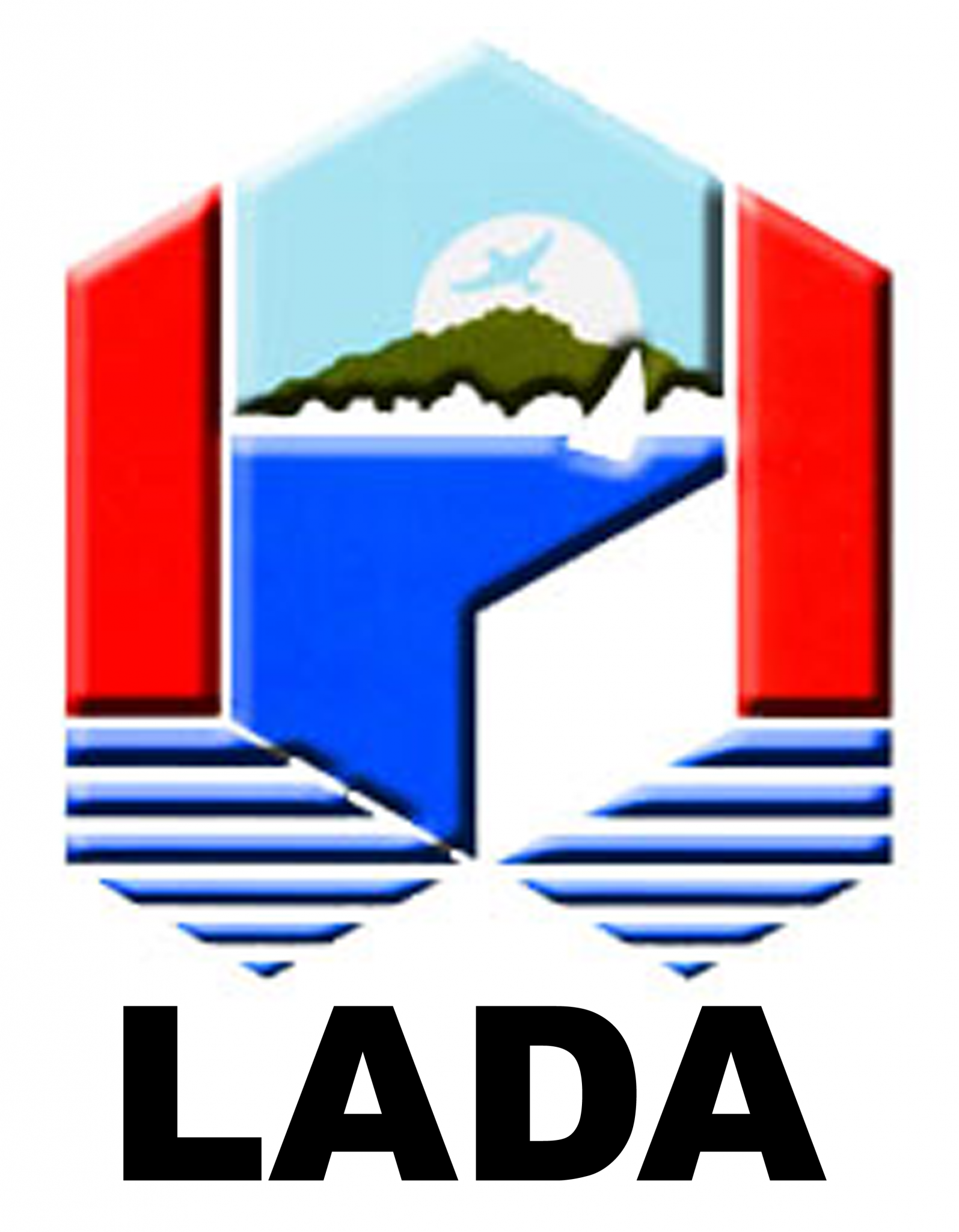Glossary
Algae
Non-flowering, typically aquatic plants that include seaweeds and many single-celled forms. Algae contain chlorophyll
and lack stems, roots, leaves, and vascular tissue.
Bioclastic
A sedimentary rock with skeletal fossil fragments of once living marine or land organisms that are usually laid down
in a marine environment.
Bivalve
An aquatic mollusc which has a hinged double shell, such as oysters, mussels, and scallops.
Brachiopod
A small marine shellfish, sometimes called a lampshell, as it latches onto the sea bed with stalk-like pedicles in order to be above the silt layer which would block the filter organism.
Bryozoan
A small class of aquatic animals that reproduces by budding, usually forming branching, flat, or moss-like colonies permanently attached to stones or seaweeds.
Cambrian
Geological time period that denotes the first period in the Palaeozoic era occuring from 540 million to 485 million years ago.
Carboniferous
Geological time period that denotes the end of the Devonian and the beginning of the Permian during the Palaeozoic era occurring 360 to 300 million years ago.
Clast
A fragment of geological detritus, chunks and smaller grains of broken rocks formed due to weathering and found in sedimentary rock.
Coral
A hard, stony, variously coloured calcareous skeleton secreted by certain marine invertebrates named polyps.
Cross-bedding
A sedimentary structure which refers to a horizontal rock unit that is internally composed of inclined layers usually forming
in rivers, tide-dominated coastal and marine settings.
Echinoderm
A marine invertebrate within the echinodermata phylum, such as starfishes, sea urchins, or sea cucumbers.
Devonian
Geological time period that denotes the end of the Silurian and the beginning of the Carboniferous during the Palaeozoic era occurring 420 to 360 million years ago.
Dolina
A hollow or basin within a karstic region that can form through the dissolution of limestone causing cave collapse.
Dropstone
An isolated fragment of rock found within sedimentary rock that has been carried from afar and then fallen (usually dropping off a glacier), rather than being carried along.
Flowstones
Sheet-like deposits of calcite left by water flowing down the walls of a cave.
Foraminifera
Single-celled organisms with shells usually less then 1mm, however some species are as large as 20cm. Still abundant in today’s brackish waters.
Fossil
The remains or impression of a prehistoric plant or animal embedded in rock and preserved in petrified form.
Fracture
Any form of separation in a geologic formation, such as a joint or a fault that divides the rock into two or more pieces.
Fusuline
An extinct type of foraminifera in which the shells are tightly packed, secreted microgranular calcite.
Gastropod
A large class within the mollusc phylum, usually with a univalve shell or none, and a distinct head bearing sensory organs like
a snail or slug.
Gondwanaland
A vast supercontinent believed to have existed in the southern hemisphere and to have resulted from the break-up of Pangaea, and comprised of present-day Africa, South America, Antarctica, Australia, the Arabian Peninsula, parts of Southeast Asia,
and the Indian subcontinent.
Granite
A very hard Igneous rock formed through the intrusion of magma. Usually granular and crystalline, consisting mainly of quartz, mica, and feldspar minerals.
Karst
Landscape comprised of limestone which has been eroded by dissolution, producing ridges, towers, fissures, sinkholes
and other characteristic landforms.
Lens
A minor unit within a rock formation which does not spread over a large geographic area, thinning out at the ends.
Limestone
Rock formed by organic remains, composed mainly of calcium carbonate.
Mangrove
A group of trees, shrubs, palms or ferns that grow in coastal saline or brackish water throughout tropical and sub-tropical areas.
Marble
Metamorphic rock composed of recrystallised carbonate minerals (usually limestone), commonly used in architecture and stone masonry.
Metamorphism
The change of minerals and textures of a rock due to natural forces such as heat and pressure in the solid state.
Mudstone
Fine-grained sedimentary rock whose original constituents were clays or muds.
Permian
Geological time period that denotes the last period in the Palaeozoic era and the end of the Carboniferous occurring 300 million to 250 million years ago.
Sandstone
Sedimentary rock composed of sand and quartz grains cemented together. These are typically red, yellow or brown in colour.
Sea Stack
Geological landform consisting of a pillar-like mass of rock in the sea near a coast, formed by wave erosion.
Sea Arch
A natral opening of a cliff made by wave refraction, where waves focus on one part of the cliff, wearing through to form a tunnel and eventually an arch.
Shale
Fine-grained clastic sedimentary rock composed of mud that is a mix of flakes of clay minerals and tiny fragments of other minerals usually forming a laminated surface that is fissile.
Siltstone
Fine-grained clastic sedimentary rock composed of silt particles (larger than clay but smaller than sand) which lacks laminations.
Silurian
Geological time period that denotes the end of the Ordovician and the start of the Devonian occurring 445 million to 420 million years ago.
Stalactites
A structure hanging like an icicle from the roof of a cave, formed of calcium salts deposited by dripping water.
Stalagmites
A mound or tapering column rising from the floor of a cave, formed of calcium salts deposited by dripping water and often uniting with a stalactite.
Terrane
An area or region which has broken off from one tectonic plate and emplaced onto another, showcasing distinctive stratigraphy, structure and geological history.
Thrust Fault
Horizontal compressional forces caused by a shortening, or contraction, of the Earth’s crust, causing one side of the rock
(the hanging wall) to move up and over the other side of the rock (the footwall). To be considered a thrust fault and not a dip slip fault, the angle of the fault must be less than 45˚.
Trilobite
An extinct marine arthropod that occurred abundantly in the Palaeozoic era.
Trondhjemite Granite
A typical granite formation with a distinct lack of the mineral potassium feldspar.
Uplifting
Vertical elevation of the Earth’s surface in response to natural causes.








